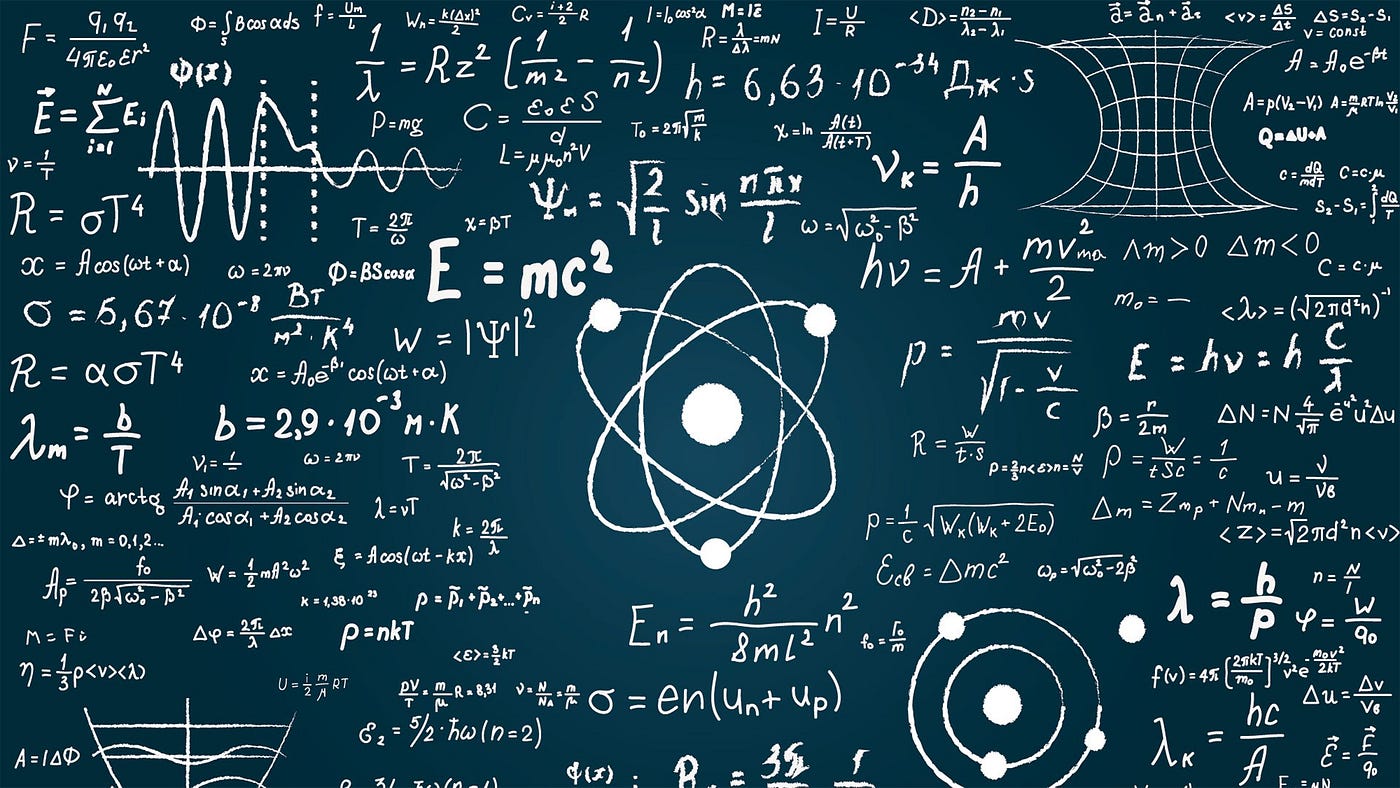In the realm of physics, two fundamental concepts that often spark debates among students and academics alike are electromagnetism and mechanics. Both fields have their own unique sets of principles and equations that dictate the behavior of objects and particles in the universe.
While some argue that electromagnetism is more challenging due to its abstract nature and complex mathematical formulations, others contend that mechanics presents its own challenges with its intricate theories of motion and forces. In this comparative analysis, we will delve into the intricacies of both electromagnetism and mechanics to determine which field truly reigns supreme in terms of difficulty and complexity.
By examining the fundamental principles, applications, and real-world implications of each concept, we hope to shed light on this age-old question and provide insights into the inner workings of these fundamental branches of physics.
Theoretical Foundations of Electromagnetism and Mechanics

Theoretical foundations of electromagnetism and mechanics form the cornerstone of physics, providing fundamental insight into the laws governing the behavior of particles and forces in our universe. Electromagnetism, as described by Maxwells equations, deals with the interaction of electric and magnetic fields, explaining phenomena such as light, electricity, and magnetism.
Mechanics, on the other hand, focuses on the motion of objects and the forces that influence them, as articulated by Newtons laws of motion. While both disciplines rely on intricate mathematical formulations and experimental observations, electromagnetism introduces additional complexities with its vector calculus and wave equations, challenging physicists to understand the intricate interplay between electric and magnetic fields.
In contrast, mechanics offers a more intuitive approach, with concepts of mass, acceleration, and energy that are easier to grasp in everyday situations. By examining the theoretical foundations of electromagnetism and mechanics, we gain a deeper appreciation for the intricacies of nature and the laws that govern the physical world.
Complexity and Difficulty in Understanding Electromagnetism and Mechanics

When comparing electromagnetism and mechanics, it becomes clear that each field presents its own challenges when it comes to understanding the underlying principles. Electromagnetism, with its intricate interplay of electric and magnetic fields, poses a complex web of interactions that can be difficult to grasp fully.
From Maxwells equations to the behavior of charged particles in electromagnetic fields, the concepts in this field require a nuanced understanding of abstract phenomena. On the other hand, mechanics, while more tangible in its focus on the motion of objects and forces acting upon them, presents its own set of challenges.
The intricacies of Newtons laws, the principles of energy conservation, and the dynamics of complex systems can all contribute to the difficulty in mastering this field of study. Overall, the comparison between electromagnetism and mechanics highlights the multifaceted nature of physics and the varying levels of complexity and difficulty that each subfield presents to learners.
Practical Applications and Real-World Challenges in Electromagnetism and Mechanics

Exploring the practical applications and real-world challenges in electromagnetism and mechanics reveal the intricate complexities and dynamic nature of these two fields of study. From designing advanced electronic devices to understanding the fundamental principles behind mechanical systems, both electromagnetism and mechanics play a vital role in various industries and everyday technologies.
While mechanics focus on the movement and interactions of physical objects, electromagnetism deals with the behavior of electric and magnetic fields. The synergy between these two disciplines leads to innovative advancements in technology and engineering, yet also presents unique challenges such as balancing precision with efficiency, and navigating the ever-evolving landscape of technological advancements.
As we delve deeper into the comparison between electromagnetism and mechanics, we begin to unravel the interconnected web of theoretical principles and practical applications that shape our modern world.
Conclusion
In conclusion, after conducting a thorough comparative analysis of electromagnetism and mechanics, it is evident that both fields present their own unique challenges and complexities. While mechanics may appear more intuitive and easier to grasp initially, the intricate concepts and mathematical equations involved in electromagnetism can prove to be equally challenging for students.
Ultimately, the difficulty of each subject may vary depending on the individuals background knowledge and aptitude for mathematical reasoning. However, it is important to acknowledge that both electromagnetism and mechanics have their own important applications in the field of physics and engineering.
Solved problems in electromagnetism offer valuable insights into the practical implementation and understanding of electromagnetic phenomena, demonstrating the real-world significance of this complex yet fascinating branch of physics.


